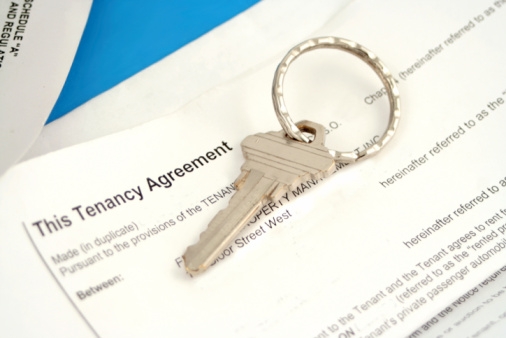Rent rises in May were slower than recent months, according to the latest Buy-to-Let Index from LSL Property Services plc.
The average rent in England and Wales rose by 0.1 per cent since April, to £737 per month. This is slower than the average monthly increase of 0.3 per cent over the previous twelve months. However, the latest increase still leaves rents up 3.5 per cent up on an annual basis – and brings rents in May to the third highest level on record.
 The number of new lettings in May benefited from better tenant finances and slower rent rises, contributing to a 3 per cent increase in the number of new tenants, compared to April. On an annual basis, there were 5 per cent more new tenants than in May 2012.
The number of new lettings in May benefited from better tenant finances and slower rent rises, contributing to a 3 per cent increase in the number of new tenants, compared to April. On an annual basis, there were 5 per cent more new tenants than in May 2012.
Six out of ten regions saw rents rise in May. The fastest increases were in the East Midlands, where rents are up 0.4 per cent, followed by the North West with a 0.3 per cent monthly rise. London, the South East and the East of England all saw rents 0.2 per cent higher than the month before. However, rents in Wales fell by 0.7 per cent, followed by a 0.4 per cent drop in the West Midlands, while rents in Yorkshire and the Humber are down by 0.3 per cent compared to April.
On an annual basis, there remains significant variation in the rate of rent rises. Once again, London dominated, with rents 7.2 per cent higher than a year ago. Next fastest was Wales, where rents are up 5.2 per cent since May last year, followed by the North East with annual rent rises of 4.0 per cent. In nine out of ten regions rents are higher than a year ago, with only the South West seeing no change since May 2012.
David Brown, director of LSL Property Services, owners of estate agents Reeds Rains and Your Move, comments: “Despite a strong increase in new tenants, rents rose more slowly than other household costs. But that demand would have been even stronger had it not been for a recent spurt in the number of first-time buyers. Looking further ahead, sustaining the increase in new buyers will depend on how many tenants are able to build big enough deposits to get a mortgage. With wage growth so weak compared to inflation and house price growth, it looks like deposits will become less affordable – which will keep demand for rented accommodation high. The rental market has demonstrated its flexibility in May, but will need to continue to adapt to deal with the long-term change towards levels of demand unprecedented in recent decades. May’s figures are consistent with our longer-term predictions – that private renting will become a more and more vital aspect of the economy.”
Due to slower capital accumulation, the total annual return on a rental property fell to 5.3 per cent in May. This represents an average return of £8,747 with rental income of £7,797 and a capital gain of £950. The average yield on a rental property was unchanged on a monthly basis, at 5.3 per cent in May, compared to 5.2 per cent in the same month last year.
If rental property prices maintain the same trend as the last three months, the average investor in England and Wales could expect to make a total annual return of 6.2 per cent per property over the next 12 months – equivalent to £10,316 per property.








